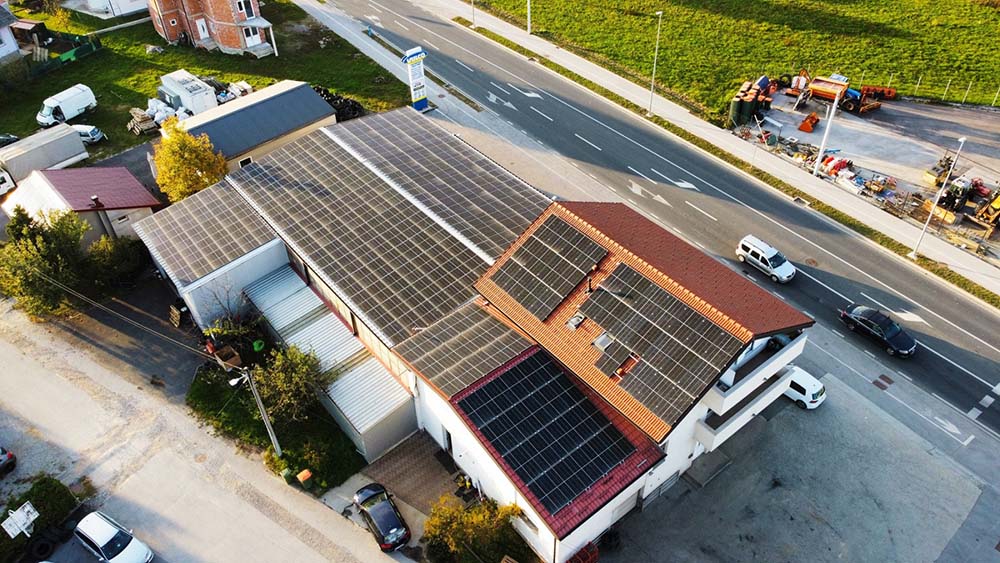
When installing a household distributed photovoltaic system on the roof of a building, the load and bearing capacity of the roof are increased. The following factors need to be considered in particular:
(1) Whether the load and bearing capacity of the roof of the building can meet the design requirements of the photovoltaic system, it is advisable to be reviewed by the original design unit;
(2) Whether the additional objects on the roof of the building (such as exhaust vents, elevator rooms), parapets, etc., block the sunlight from shining on the photovoltaic modules;
(3) Whether there are other high buildings, trees, electric poles and other external factors blocking the building;
(4) The photovoltaic system is higher than the roof of the building and cannot affect the lighting conditions of adjacent buildings;
(5) Obvious warning signs should be set up in the photovoltaic system area to prevent non-professionals from entering the roof photovoltaic system area alone;
(6) The layout of the photovoltaic array should consider leaving a repair and maintenance channel, while ensuring the smooth flow of safe evacuation channels on the roof;
(7) The foundation of the photovoltaic module bracket should not affect the roof's rainwater drainage system, and should not damage the roof's thermal insulation and waterproof performance;
(8) The photovoltaic array cannot be installed across the deformation joints of the building;
(9) There should be a certain amount of ventilation and cooling space between the photovoltaic module and the roof to meet the module's operating temperature requirements;
(10) The aesthetics of the photovoltaic building must also be taken into account.